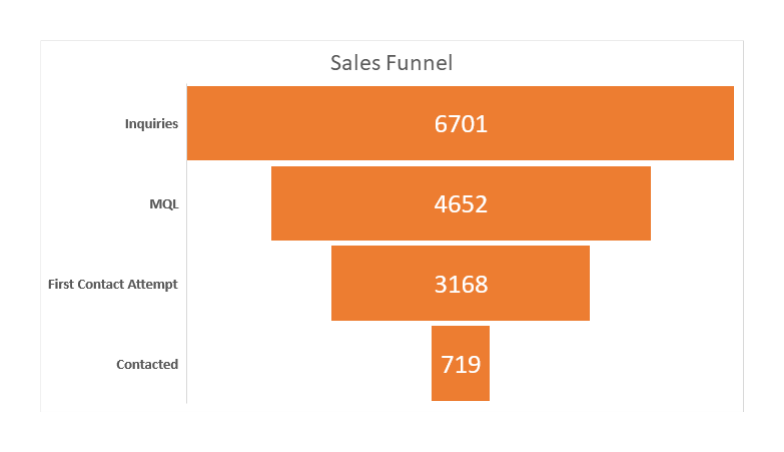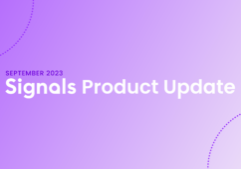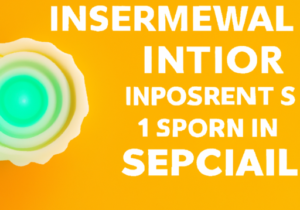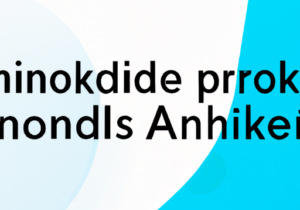Reading Time: 4 minutes
It seems that since the dawn of time (or at least the dawn of the Internet) companies have been trying to figure out how to convert web traffic into leads and customers. Infinite tabs, categories, and subcategories created an intense labyrinth which was difficult for the site user to understand, not to mention correctly navigate! For the last few decades, web forms have been the weapon of choice when converting website visitors into potential leads. Forms provide a simple, focused way to increase the effectiveness of web traffic. This was a big step up from the “set your website live and hope people call you back” days. Forms made it possible for the company to contact the site visitor with contact information they left on the form. Forms were a B2B sales team’s best friend. Then along came chatbots.
This new tech solution can do basically anything a form can do. Much of the new buzz in the tech world revolves around chatbots and other similar information capture solutions. Which one is better? Which do you use on your website to drive more leads to your company? Should you use one exclusively over the other? In this article we’ll discuss answers to these and many other questions mankind has been asking since the emergence of chatbots and digital conversation.
The Inefficiencies of Forms
First, let’s point out the elephant in the room. One of the difficulties inherent in forms is lag time between filling out the form and the follow up from the sales team. Although forms do a decent job at information capture, there remain many more steps involved in the sales process before a sales rep can begin directly interacting with the site visitor, let alone close the deal. In the case of a form most company sales cycles look like:
- A database receives the contact information put into the form.
- The sales team filters through these potential leads to find any Market Qualified Leads (MQL’s)
- The team prioritizes which of the MQL’s will be contacted when, and in which order
- The team attempts to contact the site visitor (typically several hours if not days later) via phone, email, text. (With very limited success, as you will see in the example below)
- The sales team member contact the site visitor.
These steps can take a lot of time. It would be miraculous if this process could go from step 1 through step 5 in a couple of hours, but most companies take much longer. This can be problematic for companies because of the “decay” that happens with the passage of time. Not only is there a “knowledge decay” which occurs the more time has passed since the site visitor has been on your web page, but there’s also an “intent decay”, in which the site visitor typically has less intent to buy the longer the period is between steps 1 and 5. Not to mention that in the hours or days spent gathering and cleaning data on your MQL’s and attempting to talk to them, they have likely already found products or services similar to yours on five other websites that are better equipped to “take on” the lead immediately.
The Difference Chatbots Can Make
What if we could get rid of steps 2 through 4? What if there was a way to gather contact information about site visitors while SIMULTANEOUSLY queueing up one of your sales reps to communicate with them in real-time? How much time and money could your company save, and how much would your sales increase if you were able to instantly talk to potential leads in the moment their intent is highest? Thanks to chatbots, you can!
Let’s take one of our customers for example. This tech company utilized forms for years and experienced success. What kind of difference could a bot make in an already successful form situation? Let’s level the playing field for a minute and assume that a form and a bot perform at nearly an identical rate of success at engaging the site visitor. What then? A critical consideration lies further down the sales funnel. Even if the bot is only able to capture the same amount of contact info, the SDR can directly contact the potential lead at a much higher rate. Basically, if both the bot and the form will only gather contact info for 1,000 out of 5,000 site visitors (20% capture rate), the percentage of site visitors CONTACTED by an SDR will be much higher for the bot.
Even though the experiment with our customer indicated that the bot and the form perform equally well, the actual percentage of people contacted increased like CRAZY with the bot. We also need to consider the length of time it takes to make contact. From MQL to the first attempted phone call takes 36 hours, then from the first phone call to actual contact takes an average of 4.19 days. During that time 3 major things happen: knowledge decay, intent decay, and they have likely already visited your competitor’s site. (See chart below👇) That extra time costs money! Chatbots out the middle man, connecting high potential leads and prepared sales reps faster than before.

READ MORE
Start seeing your Buyers' signals
Signals is helping companies automate, grow, and close sales pipeline with industry-leading predictive intent scoring, lead generation, and real-time engagement.


















